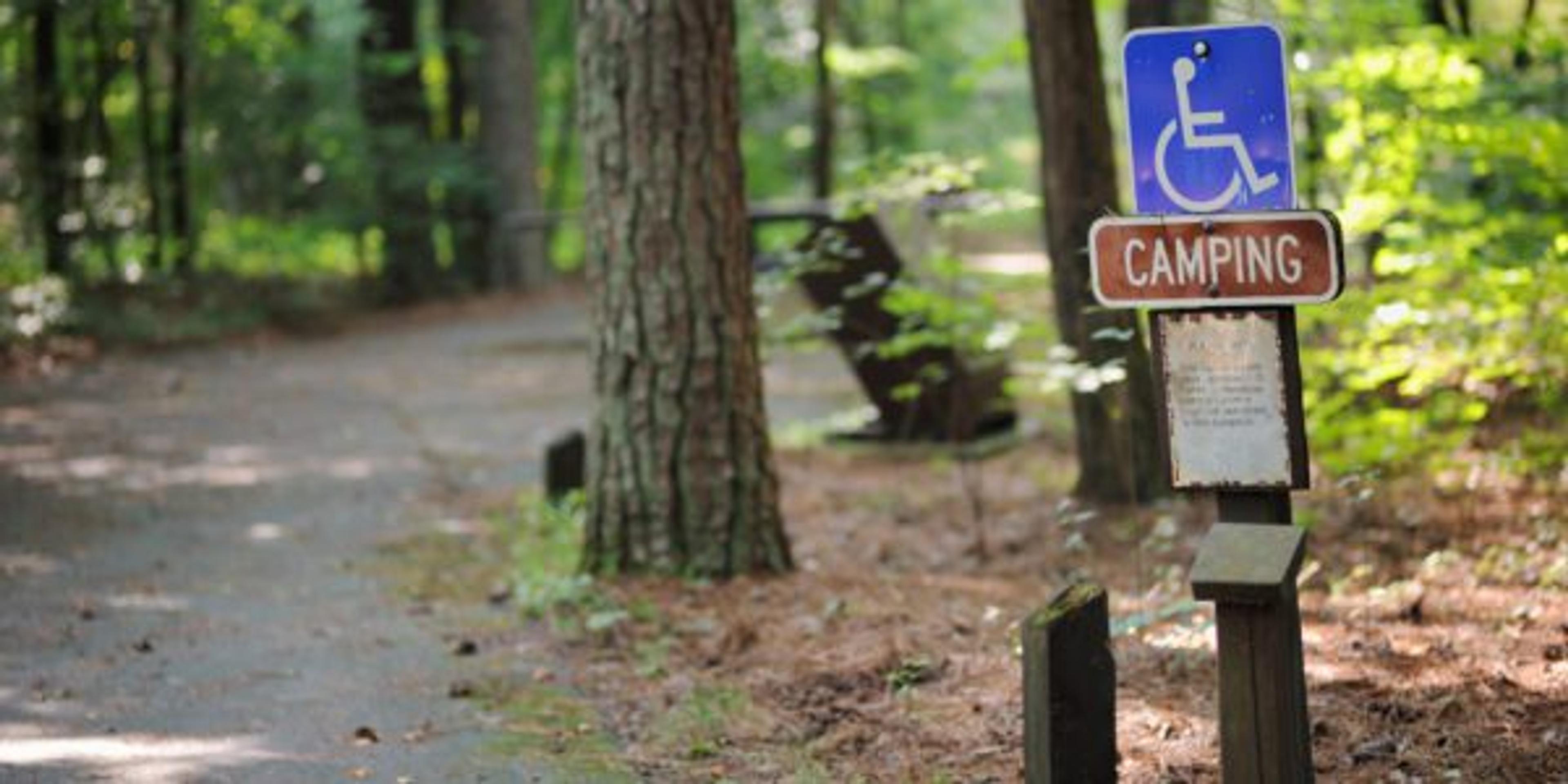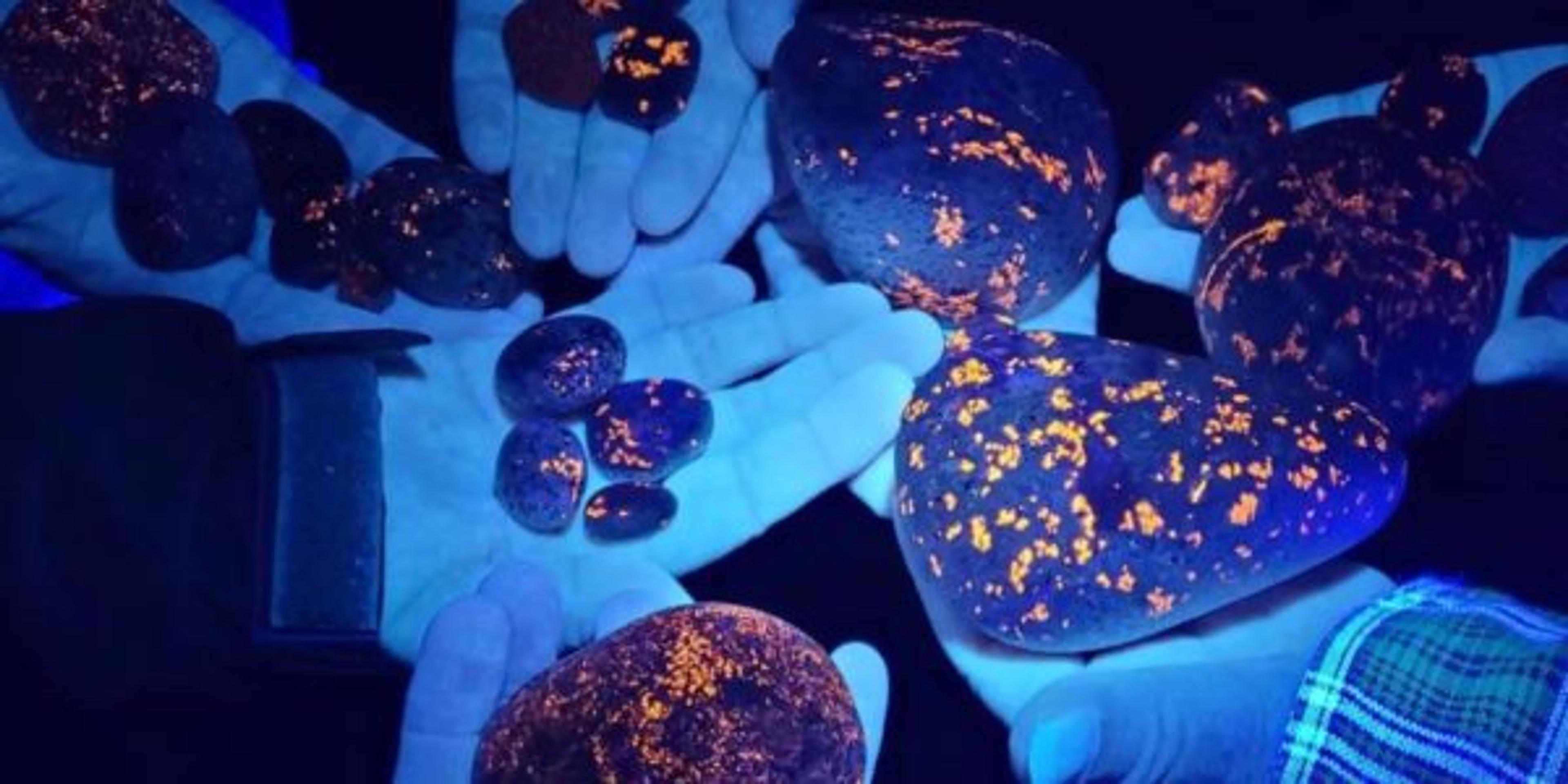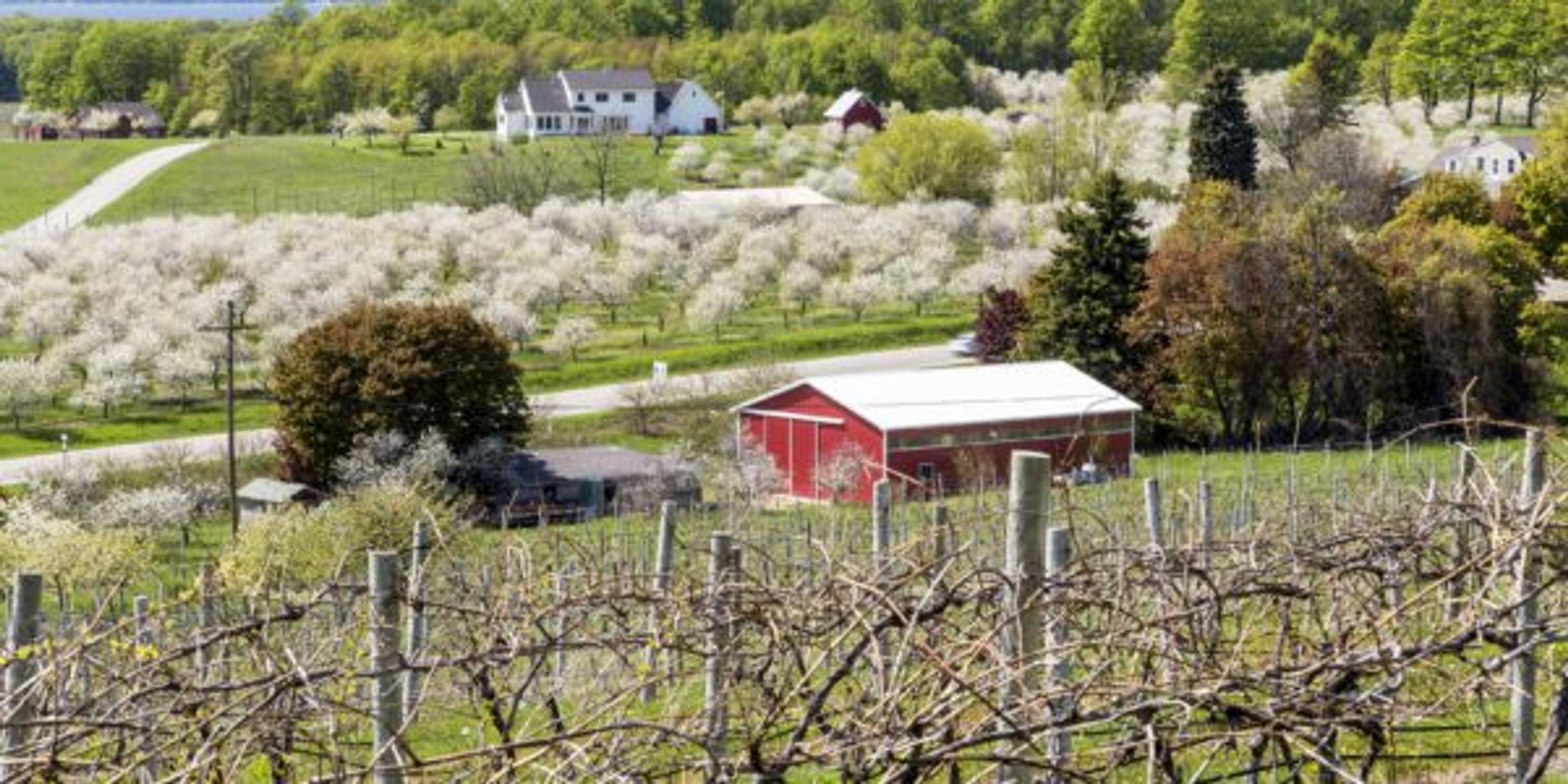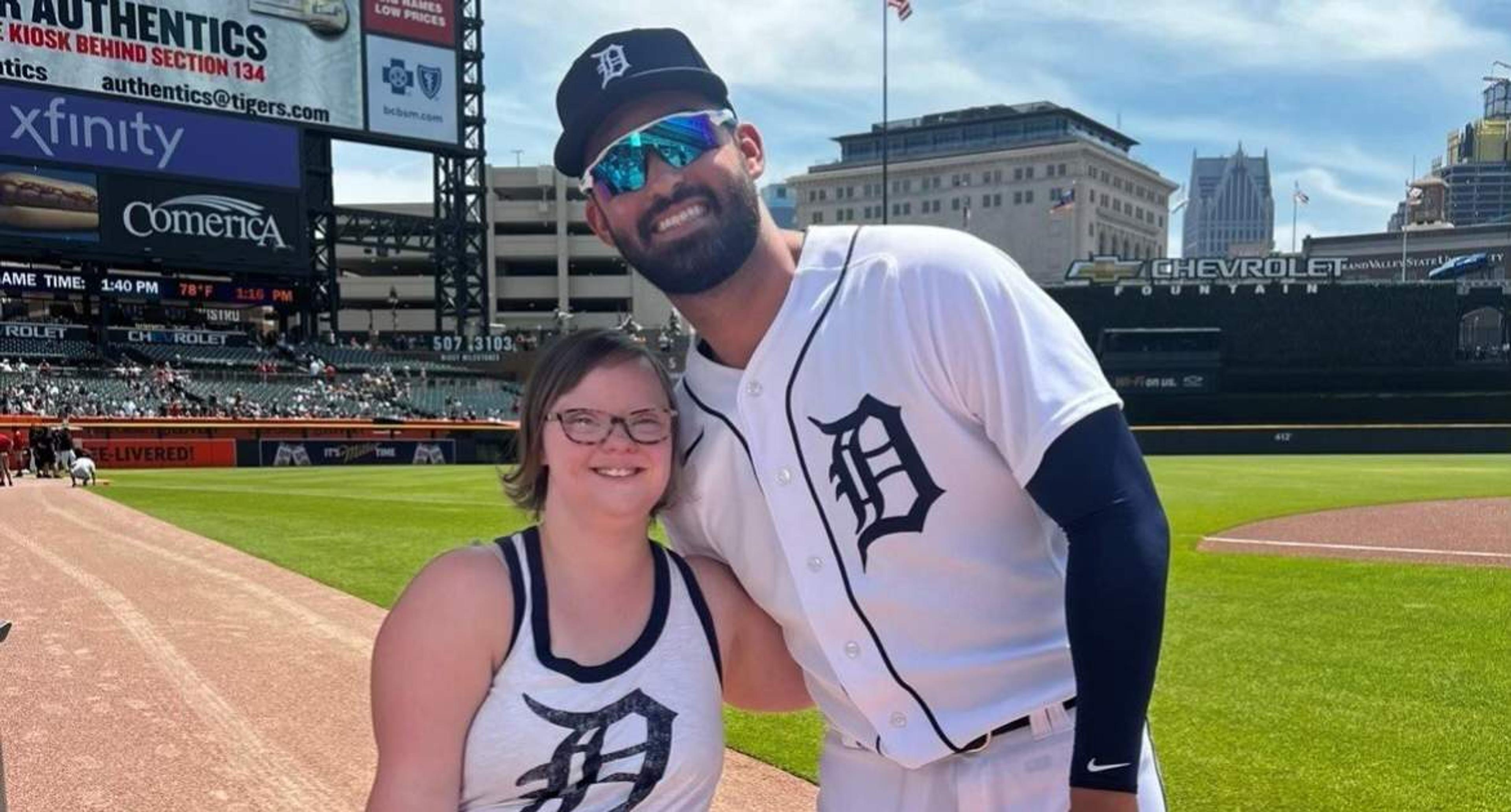Accessible Trails and Fishing Spots Expanding at Michigan State Campgrounds and Parks
Shandra Martinez
| 4 min read

Last autumn, spectators gathered at Tahquamenon Falls State Park and watched as a helicopter helped install large sections of a new 142-foot-long pedestrian bridge that now connects the state park’s mainland to an island downstream from its Lower Falls. Previously, the only way to reach the island was to climb into a rented rowboat and pull yourself across the water. But the new bridge marks a new chapter in accessibility for the popular park. According to Michigan Radio, it was part of a project to create greater universal access to Tahquamenon, known for its huge Upper Falls and its cascading but smaller Lower Falls areas. More accessible boardwalk space is being added at the Lower Falls, as well as a half-mile, barrier-free path that will encircle the island.
This project is one of several that have recently been done in Michigan state parks and public campgrounds to make trails and fishing areas more accessible for everyone. Whether you or someone close to you rolls in a wheelchair, pushes a stroller, uses a cane, a walker or just has unsteady moments, there is an increased effort to make sure wide, flat and more accommodating trails are incorporated at more of the state’s gorgeous outdoor spots. The Michigan Department of Natural Resources is shepherding this work with the help of its Accessibility Advisory Council. This group, made up of private citizens, has a goal of improving access to all of Michigan’s outdoor resources. It works to make sure people know about all the accessible recreation options and involves people with disabilities in the planning of programs and upgrades to facilities.
Easy to find options. It’s easier than ever to find accessible options, activities and programming at Michigan state parks, recreation areas and campgrounds. Use the Recreation Search online website and click the type of spot or activity you’re looking for. Use the blue handicap-accessible button to filter out options that offer lots of accommodations, depending on what kind of activity, trail or overnight lodging spot you’re looking for. You can also do site-specific searches online. For example, if you know you are going to a specific state park or campground, look at the DNR website for that place and you’ll see a list of activities and outdoor options, with the accessible ones marked with the blue sign.
State park trails. Click here for a big list of accessible trails at state park and recreation areas.
Here are DNR descriptions of a few of the most popular accessible trails across the state:
- Bond Falls Scenic Site in the western Upper Peninsula: “Bond Falls is a scenic and popular waterfall in southern Ontonagon County. An accessible boardwalk with six viewing locations has been added to this location.”
- Algonac State Park in St. Clair County, north of Detroit: “Barrier-free access is available to the Bridge-to-Bay trail, a paved trail that runs from the Blue Water Bridge in Port Huron and into the city of Algonac. Approximately one mile of this trail intersects the park.”
- Hartwick Pines State Park’s Old Growth Forest Trail, near Grayling: “The 1.25-mile paved trail loop takes visitors through 49 acres of remaining old-growth forest and past many unique buildings, including the Hartwick Pines Visitor Center, Logging Museum, Chapel of the Pines and Memorial Building.”
State park and recreation area fishing sites. Check here for a list of accessible public fishing spots.
A few of the most popular fishing piers:
- Fort Custer Recreation Area in Kalamazoo County: “Bass, bluegill, crappie, pike and channel catfish are found in all three lakes. An accessible fishing pier is located on Whitford-Lawler Lake.”
- Mitchell State Park in Cadillac: “There are two accessible fishing piers located at either end of Clam Lake Canal. A third accessible pier is located next to the playground area in the campground.”
- Muskegon State Park: “An accessible fishing pier is available along the channel walkway.”
Related:
Photo credit: Getty Images





